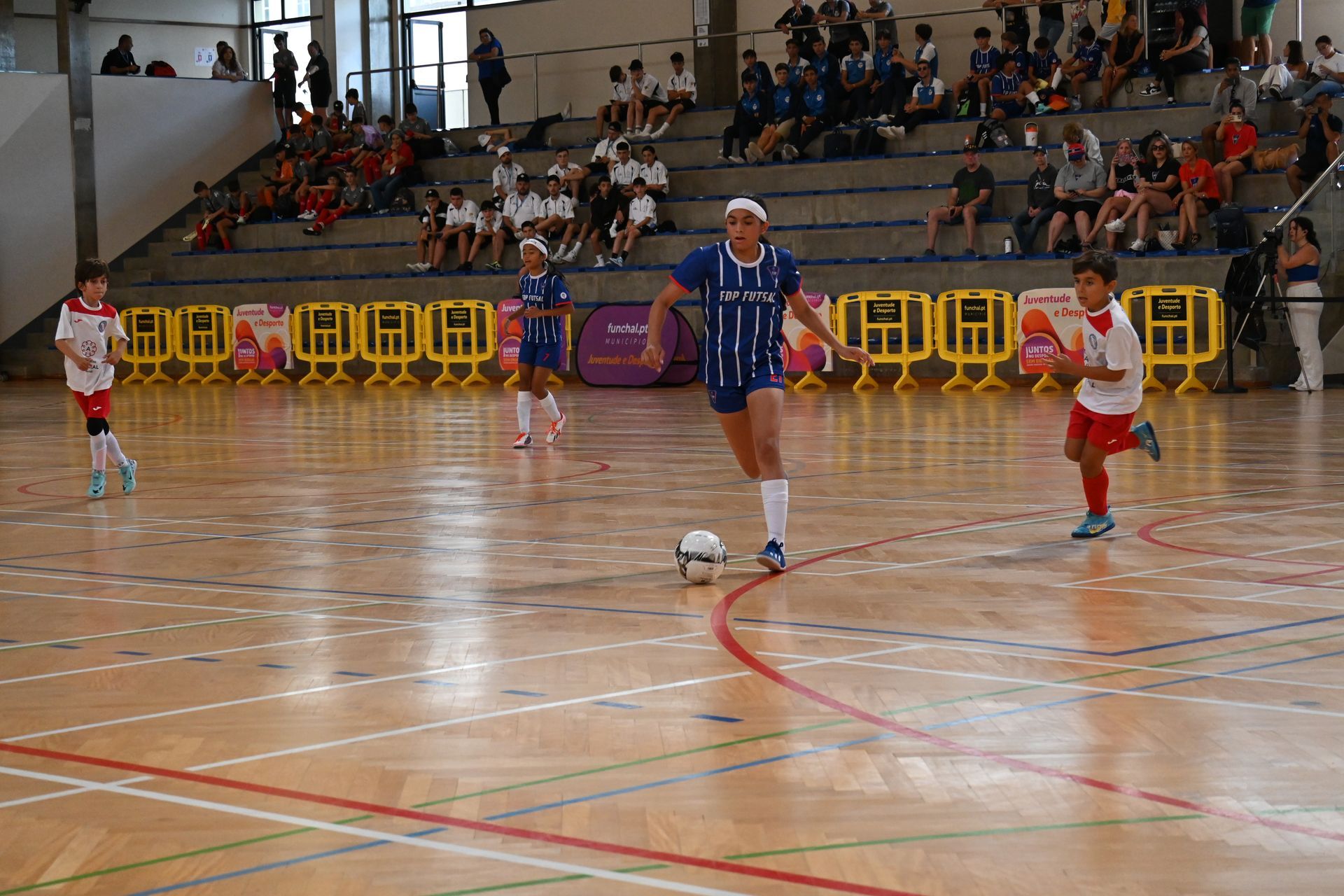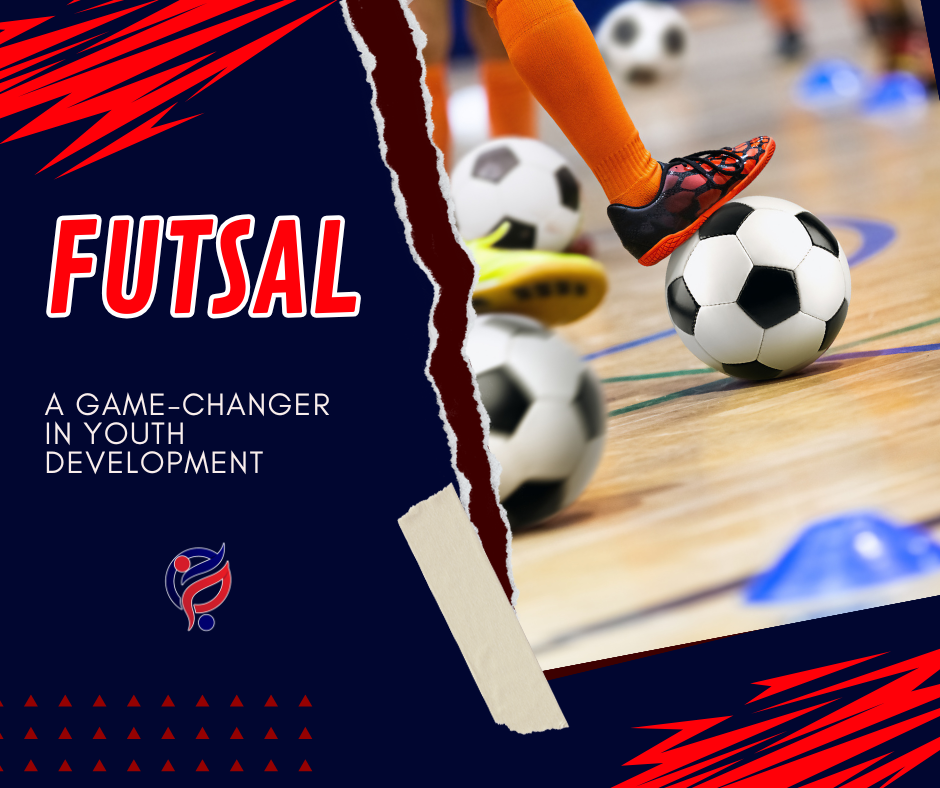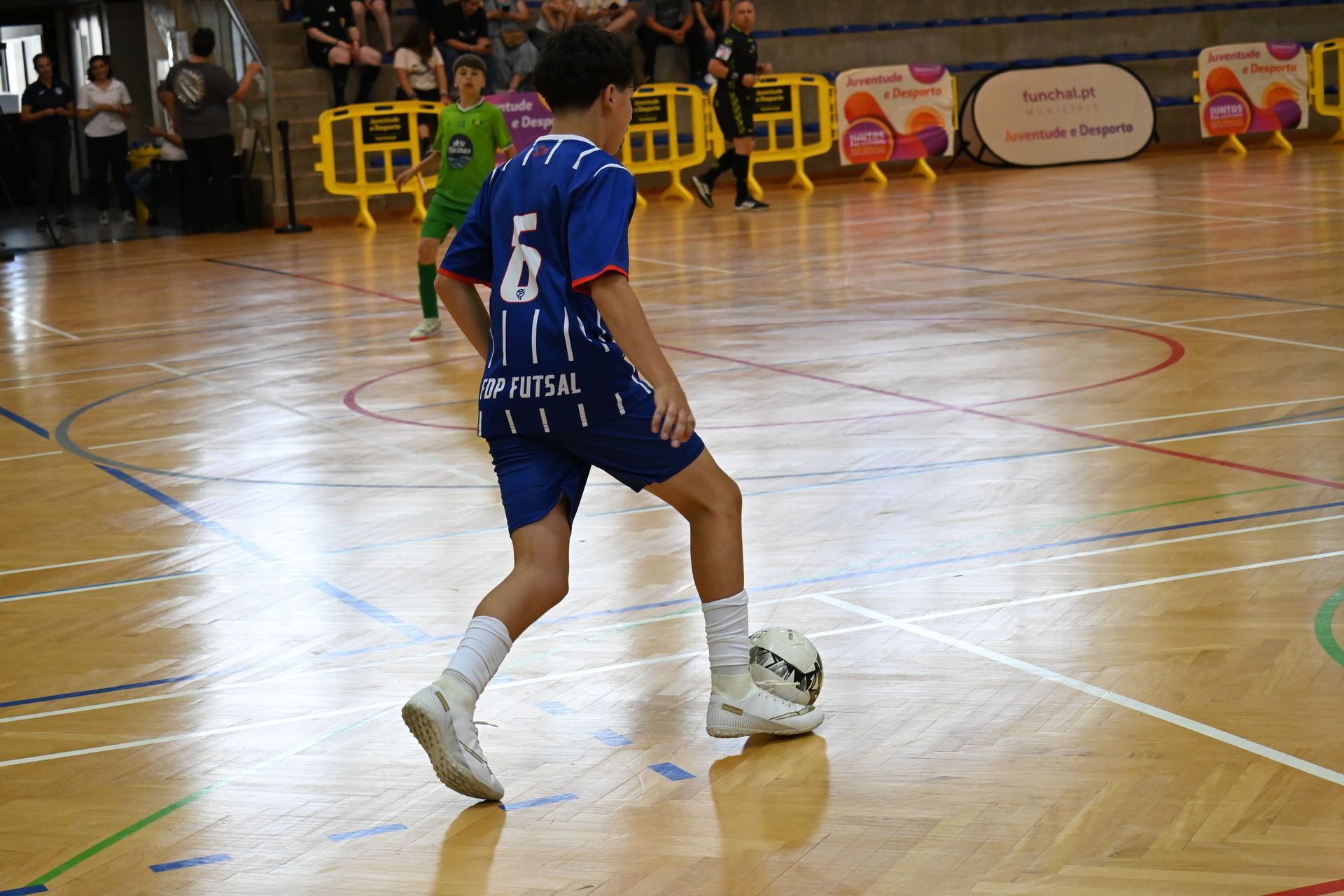Understanding the Distinction Between Futsal and Soccer: A Crucial Developmental Insight
Understanding the Distinction Between Futsal and Soccer:
A Crucial Developmental Insight

A statement often heard around the United States from proud parents is, "My son made a futsal soccer team." This common declaration reflects a widespread misconception that futsal is merely a subset of soccer. While futsal indeed serves as an excellent developmental tool for soccer players, it is a distinct sport with its own technical and tactical nuances. Recognizing these differences is essential for both players and coaches to maximize the developmental benefits that futsal offers. This article will explore seven key differences between futsal and soccer and discuss how these distinctions are critical for enhancing soccer skills.
Seven Key Differences Between Futsal and Soccer
- Field Size and Composition
- Soccer: Played on a large, grass field, typically 100-130 yards long and 50-100 yards wide.
- Futsal: Played on a smaller, hard court, usually 40x20 meters. The reduced space demands quicker decision-making and sharper technical skills.
- Number of Players
- Soccer: Each team fields 11 players.
- Futsal: Each team fields 5 players, including the goalkeeper. This fosters more frequent touches on the ball and greater involvement in both offensive and defensive plays.
- Ball Size and Weight
- Soccer: Uses a size 5 ball that is lighter and bouncier.
- Futsal: Uses a size 4 ball that is heavier and has less bounce, promoting better ball control and more ground play.
- Game Duration
- Soccer: Matches are 90 minutes long, divided into two halves.
- Futsal: Matches are 40 minutes long, divided into two halves. The shorter duration emphasizes high intensity and continuous action.
- Rules on Physical Play
- Soccer: Allows for more physical contact, such as shoulder charges.
- Futsal: Has stricter rules on physical play to maintain the flow of the game and prioritize skill over physicality.
- Substitution Policy
- Soccer: Limited substitutions are allowed, and players cannot re-enter the match once substituted.
- Futsal: Unlimited substitutions with re-entry allowed, enabling constant rotation and maintaining high energy levels.
- Tactical Approach
- Soccer: Emphasizes broader strategic play involving long passes and positional discipline.
- Futsal: Focuses on quick passing, constant movement, and exploiting small spaces. The game encourages creativity, close ball control, and situational awareness.
Challenges in Futsal Coaching in the USA
In many futsal games across the USA, players and coaches often approach the game with a soccer mentality. Coaches encourage players to try and outrun opponents or take shots from all over the court, strategies that are counterproductive in futsal. The smaller space in futsal makes outrunning opponents impractical, and the smaller goal means shooting from any position is less effective. Instead, successful futsal play revolves around passing, moving, rotating the ball and players to exploit space, and working together as a unit.
Taffarel's Insight: Transforming Soccer Brains into Futsal Brains
Marcia Taffarel, the USA Women's Futsal National Team coach, aptly highlighted the need for American players to develop a "futsal mind." She pointed out that while the US has talent, athleticism, and physicality, it lags behind countries like Brazil, Spain, and Portugal in futsal intelligence. These countries have long-standing futsal traditions, with professional and youth leagues that cultivate futsal-specific skills and tactics from an early age. In contrast, most American players grow up playing soccer and only encounter futsal as a secondary activity, often relegated to the winter months.
Taffarel emphasizes the importance of teaching players to solve problems in small spaces, a core aspect of futsal. In countries like Brazil, young players often play more futsal than soccer, fostering technical skills and tactical awareness that translate seamlessly to the larger soccer field. The challenge in the US is to shift the mindset and training methods to develop futsal-specific skills that enhance overall soccer performance.
Embracing Futsal to Enhance Soccer Skills
Recognizing the differences between futsal and soccer is crucial for harnessing the full developmental benefits of futsal. By understanding and implementing futsal's unique technical and tactical elements, coaches and players can improve their overall soccer game. Futsal promotes quick thinking, precise ball control, and collaborative play, all of which are invaluable assets on the soccer field. Embracing futsal not just as a training tool but as a distinct sport can significantly elevate the quality of soccer players in the United States, bridging the gap with futsal-rich countries and creating a more well-rounded generation of athletes.
DON'T MISS ANY BLOG POSTS
Unlock Exclusive Insights: Subscribe Now & Stay Ahead of the Curve! Don't Miss a Single Blog Post—Join Our Community for Expert Tips, Fresh Perspectives, and Insider Knowledge. Your Ticket to Stay Informed, Inspired, and Empowered Awaits!
MAXIMIZE YOUR POTENTIAL
Empower Your Journey: Subscribe for Exclusive Access to Training, Programs, Camps, and Events. Elevate Your Skills and Seize Every Opportunity!










